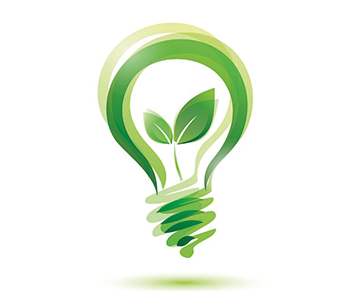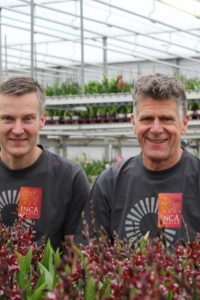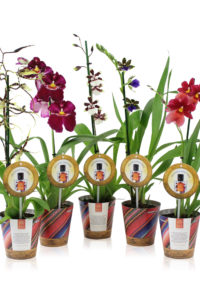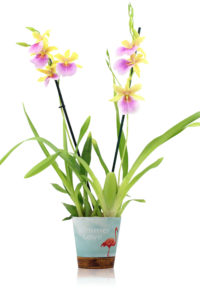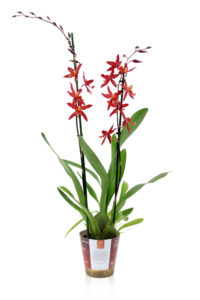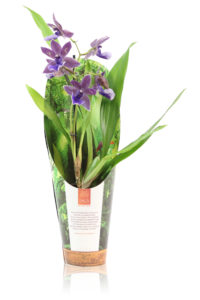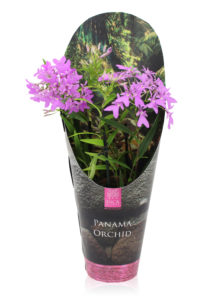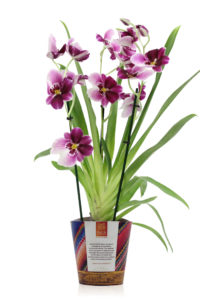Inca Orchids is a family business located in Nootdorp. The company started in the 70’s with vegetables and switched in the 90’s to the cut cymbidium. Since 2006 Inca Orchids has been working with exclusive orchids. The collection consists of more than 50 varieties of orchids with special flower shapes, colours and even fragrant types. Within this collection there are also several orchids only available exclusively. Each orchid has its own unique properties and inflorescence. Cultivation therefore offers a lot of variation and challenges. Inca Orchids works with a large team of dedicated people who work with the orchids every day with great passion. The quality is partly determined by the eyes and ears of the employees.
Inca Orchids B.V.
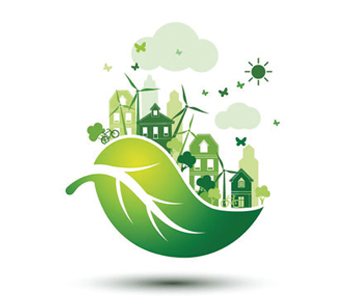
Sustainability
Sustainability is very important to Inca Orchids: Attention for nature, people and the environment is central. Not only certification, but being aware of what is done on a daily basis and taking steps where possible. For example, natural enemies (e.g. insects such as parasitic wasps) are used in the greenhouse to control pests in a natural way and solar panels are used to generate energy. In the nursery they use reusable trays. The cultivation pots are made of 100% recycled plastic. Green waste is collected separately and picked up to be turned into compost.
Where possible, all the waste is separated so that it can be processed into new material.
Water
In nature, orchids grow in the jungle, often around or on trees in a humid environment. This situation is imitated with fogging in the greenhouse. In addition, the plants are irrigated about once a week.
The water remaining after watering the plants is fully recirculated and purified. This water is stored in a separate silo for reuse. In this way, no fertiliser is lost and damage to the environment is minimised. Inca Orchids uses an underground water storage facility. Rainwater is stored deep in the ground between layers of sand. From here, the water needed every day is pumped up. Even in dry periods there is sufficient water available without the need to use pipe (drinking) water. Another advantage is that in case of excessive rainfall, the ditches and sewers are not (over)loaded.
Crop protection
Inca Orchids strives for complete biological control. When harmful insects are found in the greenhouse, they immediately deploy natural enemies (insects from nature). Only if a pest is so persistent that the use of natural enemies does not help, they locally apply crop protection products that fall within the environmental certification. And here too, preference is given to crop protection of natural origin.
Soil
The orchids are grown in a mixture of coconut fibre and bark (tree bark). The coconut fibre literally comes from the skin of a coconut. This soil mixture is supplied directly by professional suppliers.
Climate
Inca Orchids consciously uses its energy and uses more than 300 solar panels that provide the company with the necessary power for lighting and machinery. Because the work is becoming more and more sustainable, the use of electricity is decreasing every year. Inca Orchids also purchases green gas and green electricity. The system for climate control uses multi-day temperature integration, i.e. if today’s temperature is too high, this is compensated the other day and vice versa.
Inca Orchids has its own transport.
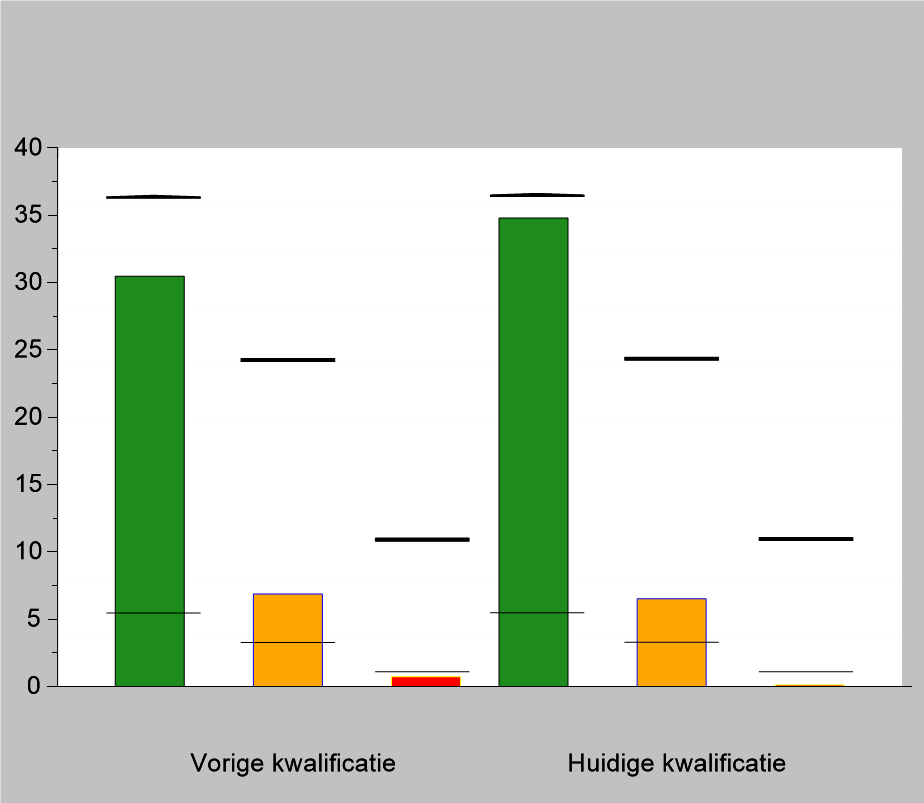
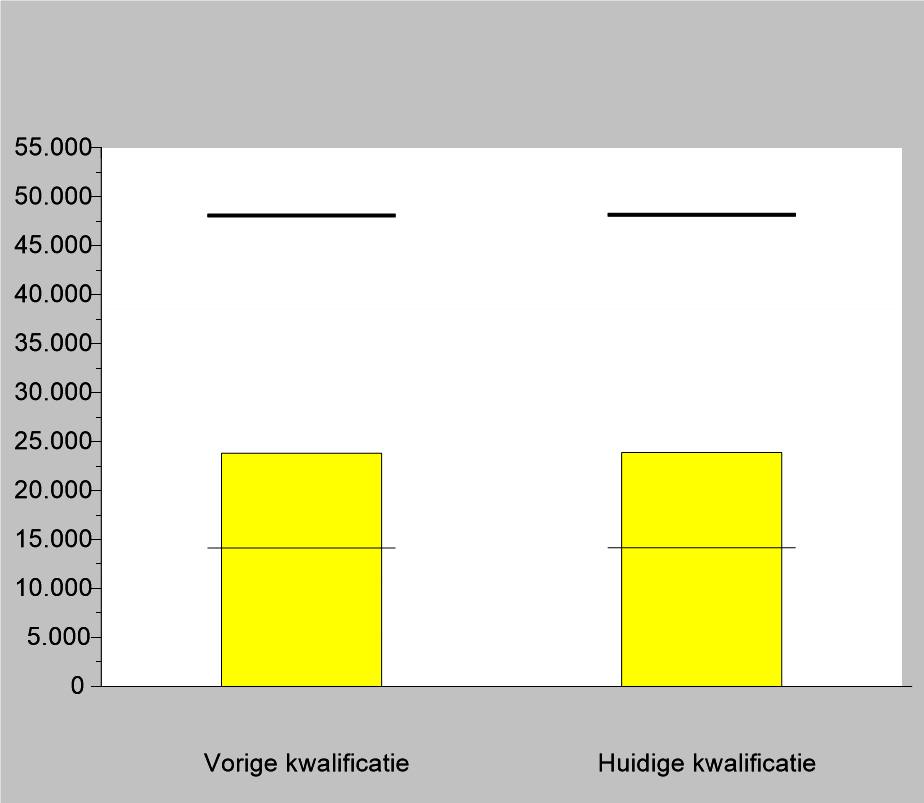
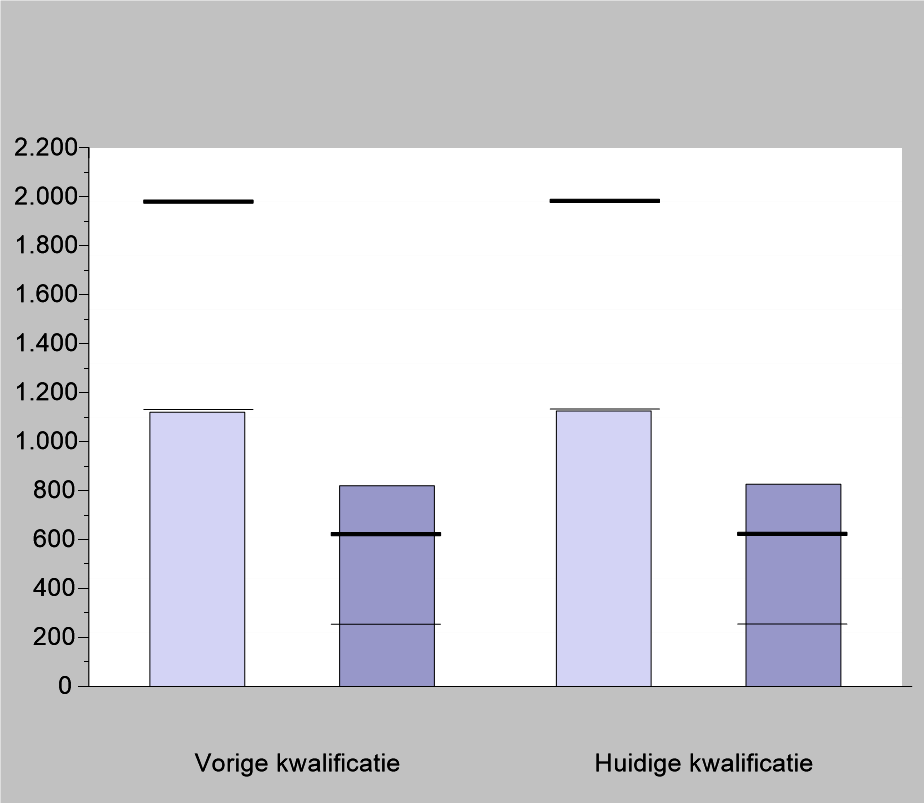

People
Inca Orchids B.V. has 27 permanent employees and considers the welfare of its people very important. A good atmosphere ensures that all employees can work with passion and pleasure.
Employees have an employment contract, establishing matters such as the number of days of leave, salary, and working hours etc. The guidelines in the Collective Labour Agreement for greenhouse horticulture are well respected, so protective clothing is available and other safety rules are well observed. Each employee gets the freedom to express his/her own religion.
Within Inca Orchids 1 employee is responsible for HR. In addition, there is also a statutory staff representation.
Employees are given the opportunity to develop by means of courses or to grow in function.
Inca Orchids is a recognised training company where students do traineeships. Students from highschools work there on Saturdays. Employees with a social disability also work there and, where possible, work is outsourced to students from special needs education.
Locally, Inca Orchids supports various charities every year. It also participates in collective initiatives in the region such as Kom in de Kas (a day on which greenhouses open their doors for visitors), geothermal heat projects and other local collaborations.
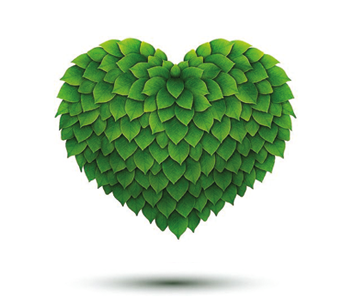
Health
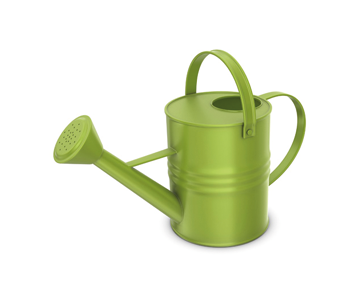
Care
Orchids:
